The Ultimate Baraat Indian Wedding Procession Guide
A Baraat is a traditional Indian wedding procession that involves the groom and his family members traveling to the bride’s family home on horseback or in a decorated vehicle. The Baraat is a vibrant and colorful event that often includes music, dancing, and celebrations. It is one of the most significant events in an Indian wedding and is celebrated with great enthusiasm and excitement.
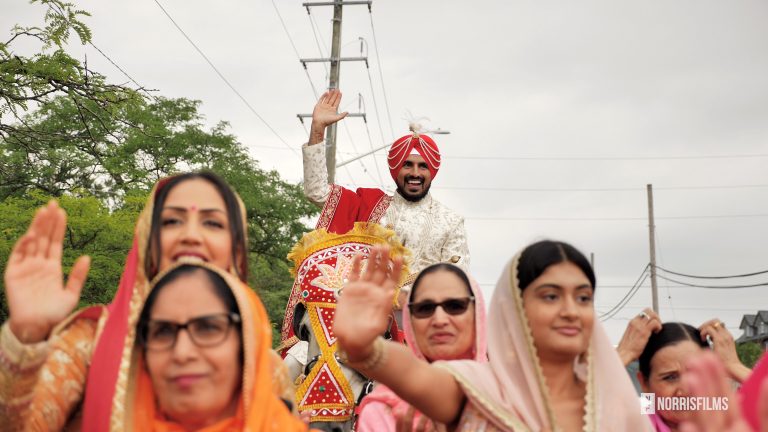
The Baraat is typically led by the groom on horseback, surrounded by family members and friends dancing to the beats of a dhol, a traditional Indian drum. The groom is usually dressed in traditional Indian attire, such as a sherwani or a kurta pajama, and is often adorned with a turban and a sehra, a traditional Indian headpiece. The horse is also decorated with colorful embellishments and accessories.
Music
Music and dancing are an essential part of this procession, and various traditional Indian instruments are played. One such instrument is the dhol, which is a double-sided barrel drum played with two sticks. The beats of the dhol set the rhythm for the Baraat and create an energetic and joyous atmosphere.
Apart from the dhol, other instruments commonly used in Baraat include the shehnai, a wind instrument similar to the oboe, and the nagada, a kettle drum. The music played during Baraat is usually a mix of traditional and modern Bollywood songs, which adds to the festive vibe.
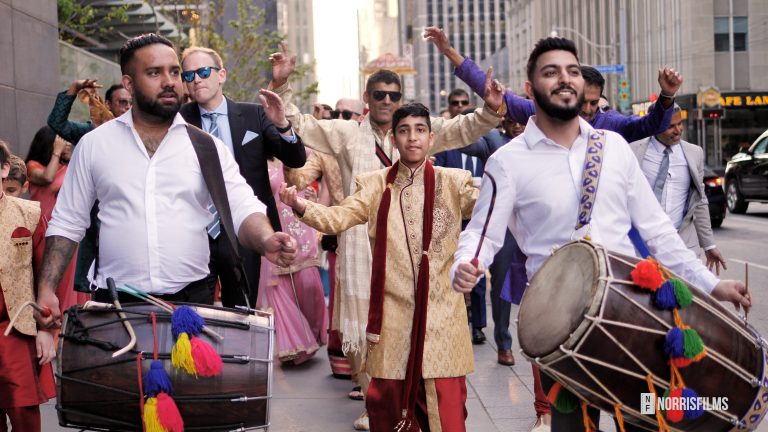
As the Baraat approaches the wedding venue, the groom’s family is welcomed by the bride’s family, and the two sides come together to celebrate. The dancing during Baraat is an important part of the festivities, and it is not uncommon to see the groom’s family break into a dance routine, with the dhol and other instruments providing the rhythm. Guests often join in the dancing, making the Baraat a joyous and memorable experience for everyone involved.
Milni Ceremony
Milni is an important ritual in Indian weddings that marks the union of two families. In this ritual, the bride’s family formally welcomes the groom’s family by exchanging garlands, sweets, and gifts. The word “milni” means “meeting” or “coming together,” and it symbolizes the merging of two families into one. The milni is a joyous occasion filled with music, dance, and laughter. It is a time for both families to come together and celebrate the start of a new chapter in their lives. The exchange of garlands is a significant aspect of the milni ceremony.
The groom’s family presents a garland to the bride’s family, and vice versa. The exchange of garlands signifies the acceptance of each other’s families and a promise to stand by each other through thick and thin. The milni ceremony is one of the most emotional moments of an Indian wedding, as it marks the beginning of a new relationship between the two families.
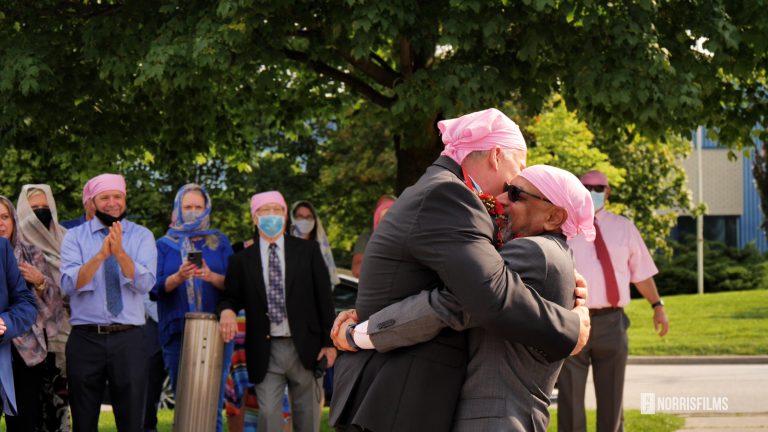
Looking For Videography For Your Wedding in Toronto? Book A Consultation With Us Today!
The Horse
The horse is a key component of the Baraat procession, and it is usually beautifully decorated with vibrant colours and traditional ornaments. In some cultures, the groom’s family will even bring their own horse for the groom to ride. The horse is adorned with intricate jewellery, tassels, and bells, which add to the grandeur of the procession. The horse is an important symbol of power and nobility, and it signifies the groom’s journey into marriage with grace and elegance. The groom sits on the horse’s back, surrounded by his family and friends, as they dance to the beat of the dhol and other instruments. The sight of the majestic horse, decorated in all its splendour, is a truly unforgettable moment for everyone involved in the Baraat procession.
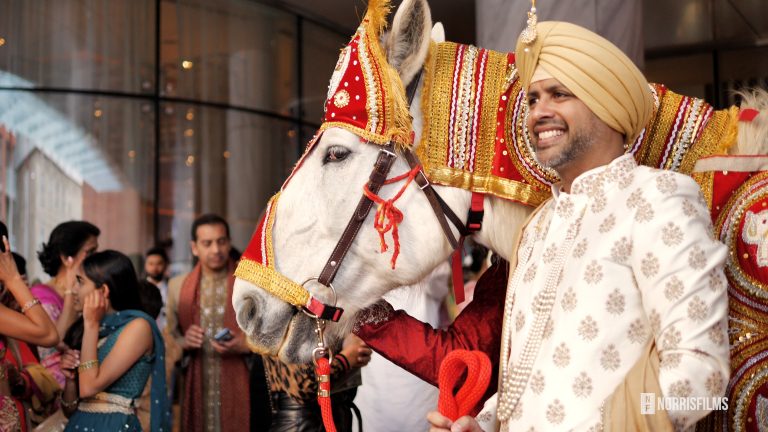
In some cases, the horse may be dressed in elaborate decorations, including a decorative saddlecloth, garlands of flowers, and ornamental coverings for its face and neck. The horse may also be painted with intricate designs and patterns. The groom’s family may also choose to have a horse-drawn carriage instead of a horse for the baraat procession. The horse or carriage is often led by a dhol player who sets the tempo for the procession, and the groom and his family dance alongside the animal or vehicle as they make their way to the wedding venue.
In recent years, Baraats have become more popular outside of India, with many Indian-American and Indian-Canadian couples incorporating this traditional wedding ritual into their wedding celebrations. Baraats are also becoming increasingly popular as a unique and exciting addition to multicultural weddings, allowing couples to celebrate their heritage and cultural traditions. As a result, many wedding planners and vendors have begun to offer Baraat services to cater to the growing demand
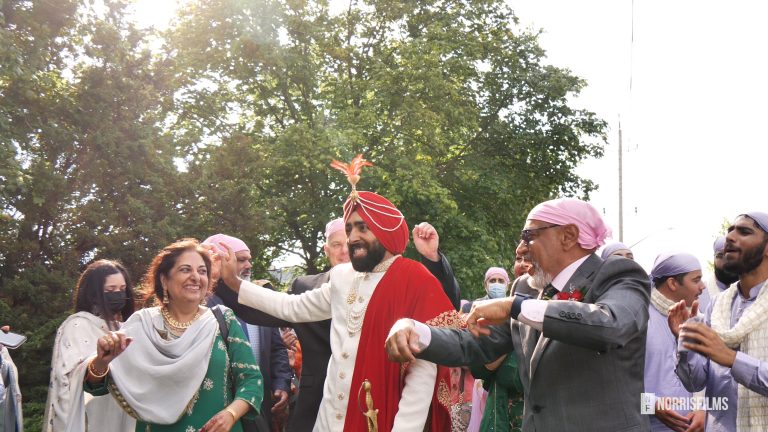
In conclusion, the Baraat is an unforgettable part of many Indian and Pakistani weddings, filled with music, dancing, and joyous celebration. From the lively music and colorful dress of the groom and his family, to the majestic horse and its intricate decorations, the Baraat is an integral part of the wedding ceremony, symbolizing the groom’s arrival and entrance into a new phase of life.
The Milni, which marks the meeting of the two families, is a beautiful and emotional moment that celebrates the joining of two families. Overall, the Baraat is a beautiful display of culture and tradition, bringing together loved ones to celebrate the union of two people and their families.
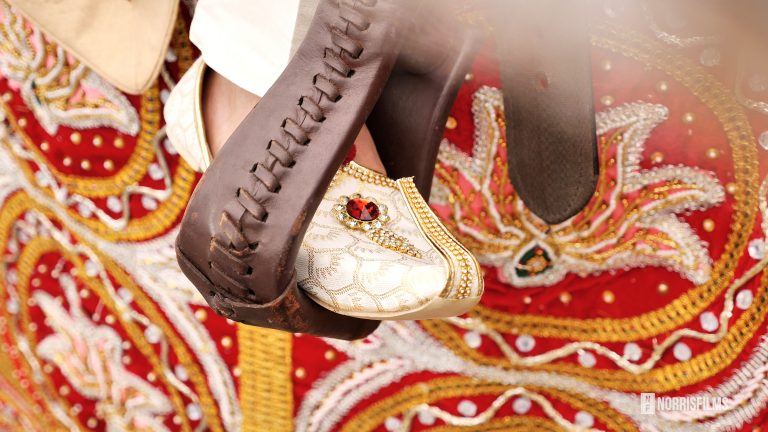
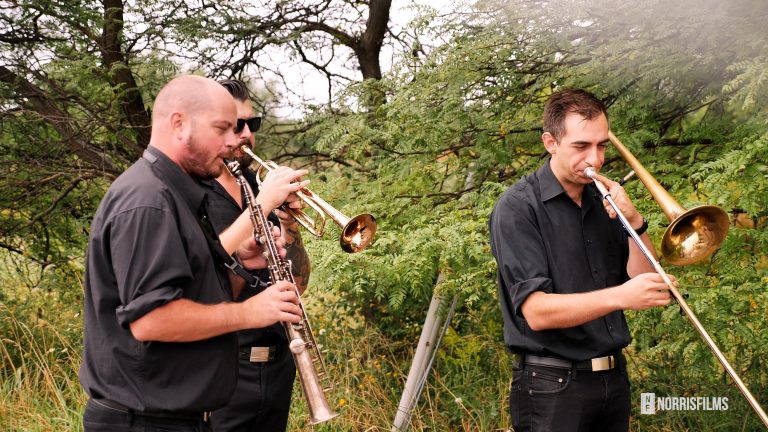
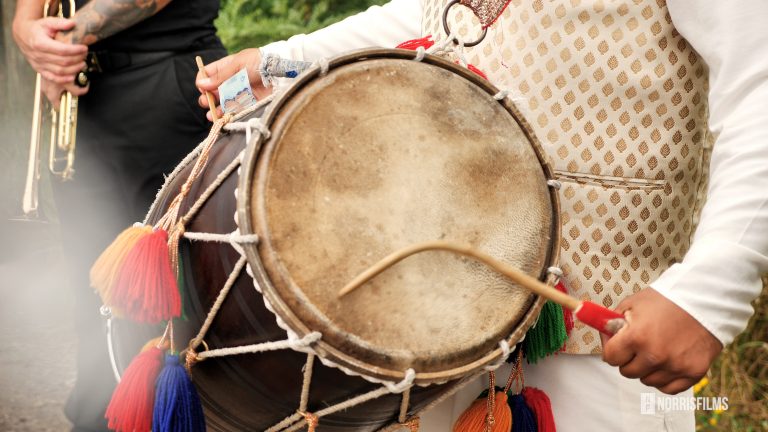
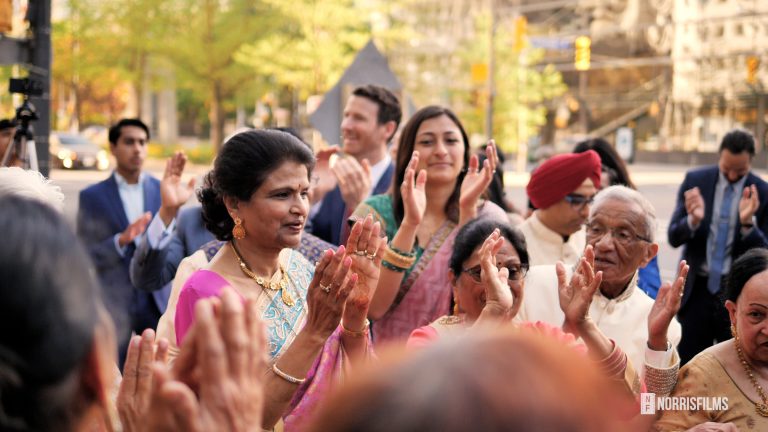
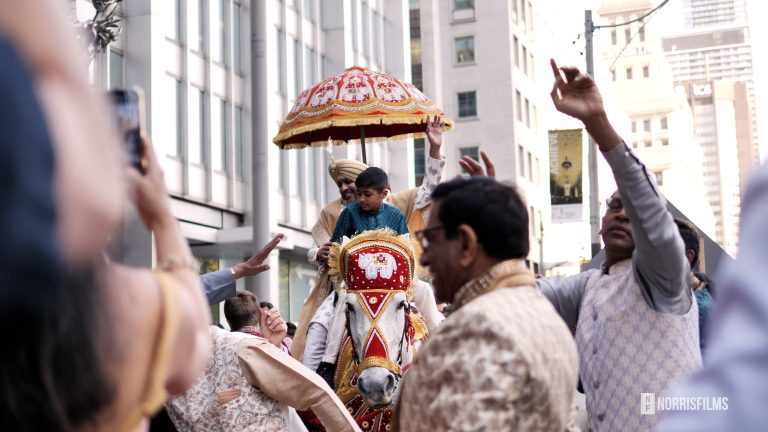
Let The Norris Films Team Tell Your Story With Wedding Videography In Toronto.
Our clients believe wedding videography is a valuable investment and trust us to capture one of their most important milestones. Want to learn how we can help you too?